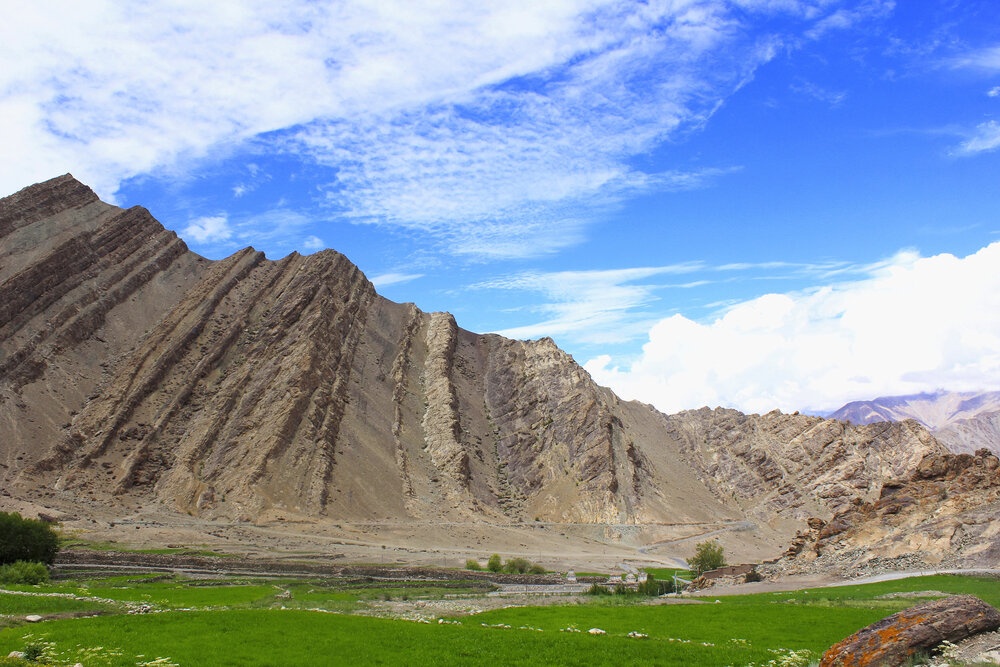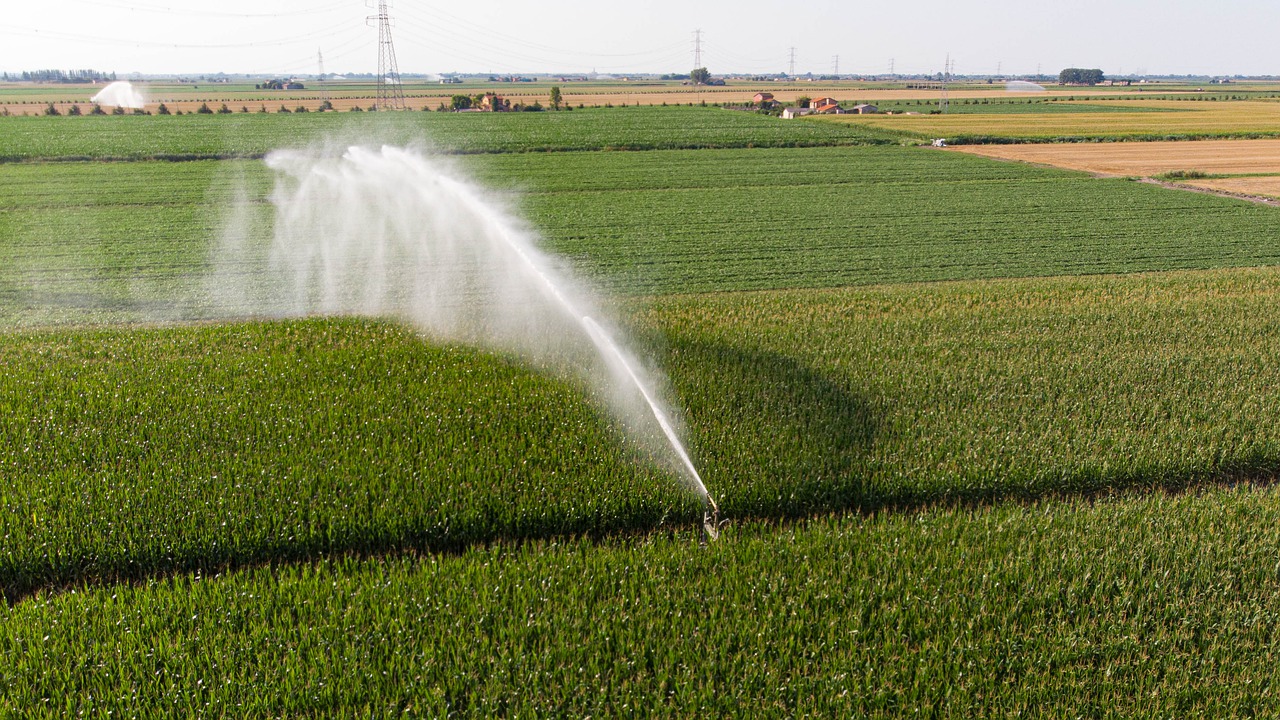IBIS, which stands for Indus Basin Irrigation System, is the largest irrigation system on the planet. It services Afghanistan, China, India, and Pakistan, providing water to more than 1.6 million square kilometres of agricultural land in Pakistan.
The 45 million acres of farmland irrigated by IBIS produce a wide variety of foodstuffs to both feed the local population and to provide food products for export.
The Background History of the Region
The Indus Valley was home to one of the oldest civilisation in the history of humankind. After the passing of the early Indus civilisation, new settlements were established in the tracts of land between the Ganges and the Yamuna rivers. These tracts of land are known locally as doabs.
To support these settlements, a network of new irrigation systems began to evolve. Long canals were dug to receive waters from the big rivers when they reached a certain height or became flooded. These inundation canals and a series of dams were the sources of irrigation that enabled the population to grow and expand.
In the mid-1850s and onwards, to prevent incidents of low irrigation water supply, the Britsh began to modernise and expand the irrigation system.
The India Pakistan Treaty of 1947
The division of the Indian sub-continent came about when the British partitioned India, forming Pakistan as a separate entity. Shortly after the partitioning, Pakistan raised the issue of water resources in the Indus Basin,
After protracted negotiations, the Indus Basin Treaty was signed by both nations concerning the distribution of water in the Basin. India was granted exclusive access to the Beas, Ravi, and Sutel rivers in the East. Pakistan, on the other hand, was only awarded 75% of its rightful share of the waters in the Basin.
As a result, Pakistan initiated an enormous project that they named the Indus Basin Replacement Works Program. It involved the building of two big dams, eight canal links, and five barrages.
A barrage is a type of low diversion dam that incorporates several big gates that open and close as required to control the amount of water passing through them. The purpose is to help to regulate water elevation for the purposes of irrigation.
The Agricultural Economy of Pakistan
The Pakistani economy is based mostly on agricultural products. It means that it is critically reliant upon irrigation water. To make the best use of river resources in the region, the development of the IBIS has turned the project into the single largest contiguous irrigation project in the world.
In total, the IBIS project comprises three big dams, 85 smaller ones, 19 barrages, and 12 canals interlinking local rivers. In addition, there are 45 canal command areas and 700,000 tubed wells. In money terms, the entire enterprise is worth approximately $300 billion.
The Main Water Sources of the IBIS
The IBIS uses three main sources of water - ground, rain and river water.
- Groundwater - Groundwater accounts for an impressive 40% of the water in the region needed for crop irrigation.
- Rainwater - Rainwater in the Indus Basin totals an average of 365 mm per annum. However, there is quite a disparity across the Basin, with upper areas receiving around 500mm, as opposed to lower regions which receive only 300mm.
- River water - The average volume of water from the Western Rivers equates to approximately 142 MAF (Million Acre Feet). Of this, around 104 MAF is diverted for irrigation, while 38 MAF flows out into the Arabian Sea.
The Challenges Facing the IBIS
When the British engineers created the blueprints for the barrages and canals in the Punjab and Sindh regions, they neglected to incorporate a free-flowing water disposal system. The result was a build-up of waterlogging and salinity. The problem is being handled retrospectively by the construction and installation of a disposal drain network. Some have already been completed, but the project is ongoing.
How the IBIS has Impacted the Local Economy
In terms of the local economy, the agriculture made possible by the IBIS accounts for:
- 23% of the region's Gross Domestic Product
- A 70% share of all exports, financially
- Employing 54% of the area's labour force.
The vast majority of products originate from regions that are irrigated by the Indus Basin Project. It is, therefore, key to the agricultural and economic success of Pakistan.
Existing Concerns and Potential Remedies
The farming communities in Pakistan are given their allowances in a rotational system. The problem is that in order to protect their rightful share of water, farmers are using more water than is required to grow healthy crops.
The shortage of modern irrigation technology in the region only exacerbates the problem by allowing the ongoing wastage of irrigation water. There is also the problem of soaring summer temperatures which contribute to a high level of evaporation and increase the threat of salinisation, which could, in turn, result in the soil becoming less fertile. Climate change is also a significant concern.
Various solutions have been proposed, which include:
- Increasing the number of fruit trees being planted.
- Increasing general forestation
- Using dammed water for the breeding and harvesting of fish.
- Developing local industries based on agriculture and timber with a view to increasing employment in the area and providing added value to products that can be exported.
- Create farming co-ops by banding small farms together and making state of the art irrigation and agricultural technology available.
- Reduce the country's reliance upon imports by increasing the growth of beans, edible oilseeds and lentils.
- Developing pastoral land for cattle grazing which would, in turn, increase the production of meat and milk products.
- Make large tracts of land (greater than 5,000 acres in area) available for co-operative farming.
- Carrying out more agricultural and irrigation research in Pakistan's universities.
The Indus Inland Waterways Proposal
Plans have been aired to engineer an Indus Inland Waterways System that would connect cities in the area to the Arabian Sea. If it progresses, it would present a massive economic boost to over 500 million inhabitants in the region, including Central Asia and Western China. If you would like to find out more, please click here.


